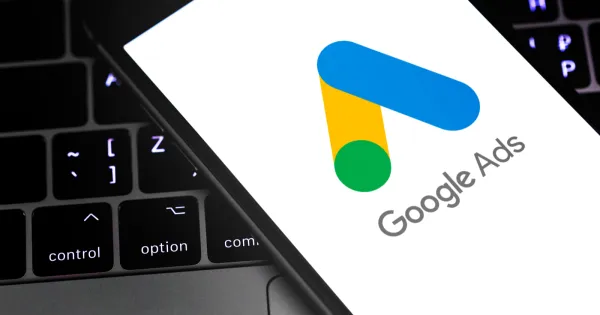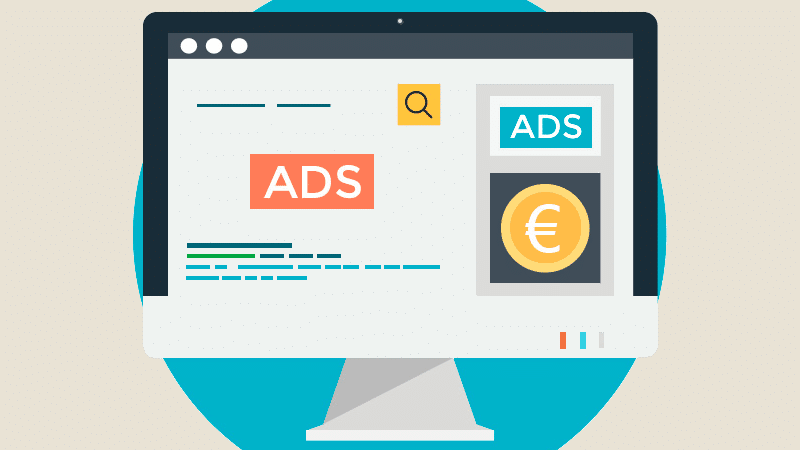From Website Design to Code: Bridging Creativity and Functionality

Introduction
Website creation is a blend of creativity and technical expertise. While design focuses on aesthetics and user experience, coding brings these designs to life, making them functional and interactive. Transitioning from website design to code is a crucial step in web development, requiring collaboration between designers and developers. This article explores the process of transforming website designs into code and the tools and practices that streamline this journey.
1. The Journey from Website Design to Code
The process of converting a website design into code involves taking visual mockups and translating them into HTML, CSS, JavaScript, and other programming languages. This step ensures the website is not only visually accurate but also functional, responsive, and user-friendly.
Key Steps in the Process:
- Designing a prototype in tools like Figma, Adobe XD, or Sketch.
- Exporting assets like images, icons, and fonts.
- Structuring the layout using HTML.
- Styling the website with CSS to match the design’s aesthetics.
- Adding interactivity with JavaScript or other frameworks.
2. Tools to Streamline the Design-to-Code Workflow
Modern tools make the transition from design to code seamless, enabling collaboration between designers and developers:
Figma: A collaborative design tool that allows developers to inspect designs and export assets directly.
Adobe XD: Offers integration with coding tools, enabling easy handoff to developers.
Sketch: Paired with plugins like Zeplin for design-to-code handoff.
Webflow: A no-code platform that combines design and development, generating clean code as you design.
Framer: Useful for creating responsive designs and generating code snippets.
These tools bridge the gap between design and code, reducing the chances of miscommunication and errors.
3. Best Practices for Converting Design to Code
Collaboration Between Teams:
Clear communication between designers and developers ensures the design intent is preserved during coding. Regular meetings and feedback loops can help address any discrepancies.
Responsive Design:
Ensure the design works seamlessly across devices. Use frameworks like Bootstrap or CSS Flexbox/Grids to implement responsive layouts.
Optimize Assets:
Compress images and use modern formats like WebP to reduce loading times. Export assets at different resolutions to cater to various screen sizes.
Use Semantic HTML:
Write clean and semantic HTML code to ensure the website is accessible and SEO-friendly. For instance, use <header> for the top section and <footer> for the bottom section instead of generic <div> tags.
Adopt Preprocessors:
CSS preprocessors like SASS or LESS streamline styling, making the code modular and easier to maintain.
Testing:
Test the website on different devices and browsers to ensure consistent performance. Use tools like BrowserStack for cross-browser testing.
4. Challenges in the Design-to-Code Transition
Pixel-Perfect Accuracy:
Matching the design exactly in code can be challenging due to browser inconsistencies or design complexities. Tools like Figma’s code inspector help minimize discrepancies.
Performance Optimization:
Converting designs with high-resolution assets or animations into code may impact website performance. Optimizing these elements is crucial.
Time-Consuming Process:
Manually coding intricate designs can be time-intensive. Using frameworks or design-to-code automation tools can save time.
5. The Role of Developers in the Transition
While designers focus on aesthetics, developers ensure functionality and scalability. Their responsibilities during the design-to-code process include:
- Translating designs into clean, maintainable code.
- Implementing animations, hover effects, and other interactions.
- Ensuring the website meets technical requirements like speed and accessibility.
- Optimizing the site for search engines and adhering to web standards.
6. Automation in Design-to-Code
Advancements in technology have introduced tools that automate parts of the design-to-code process. Platforms like Webflow and Framer allow designers to create websites visually while generating clean, production-ready code in the background.
However, while these tools simplify the process, manual coding remains essential for complex or custom features that automation tools may not support.
Conclusion
The transition from website design to code is where creativity meets functionality. By using the right tools, fostering collaboration between designers and developers, and following best practices, businesses can create websites that are visually stunning, user-friendly, and highly functional. Whether opting for manual coding or leveraging automation tools, the goal is to bring the design vision to life seamlessly.




